Check out before these deals are gone!


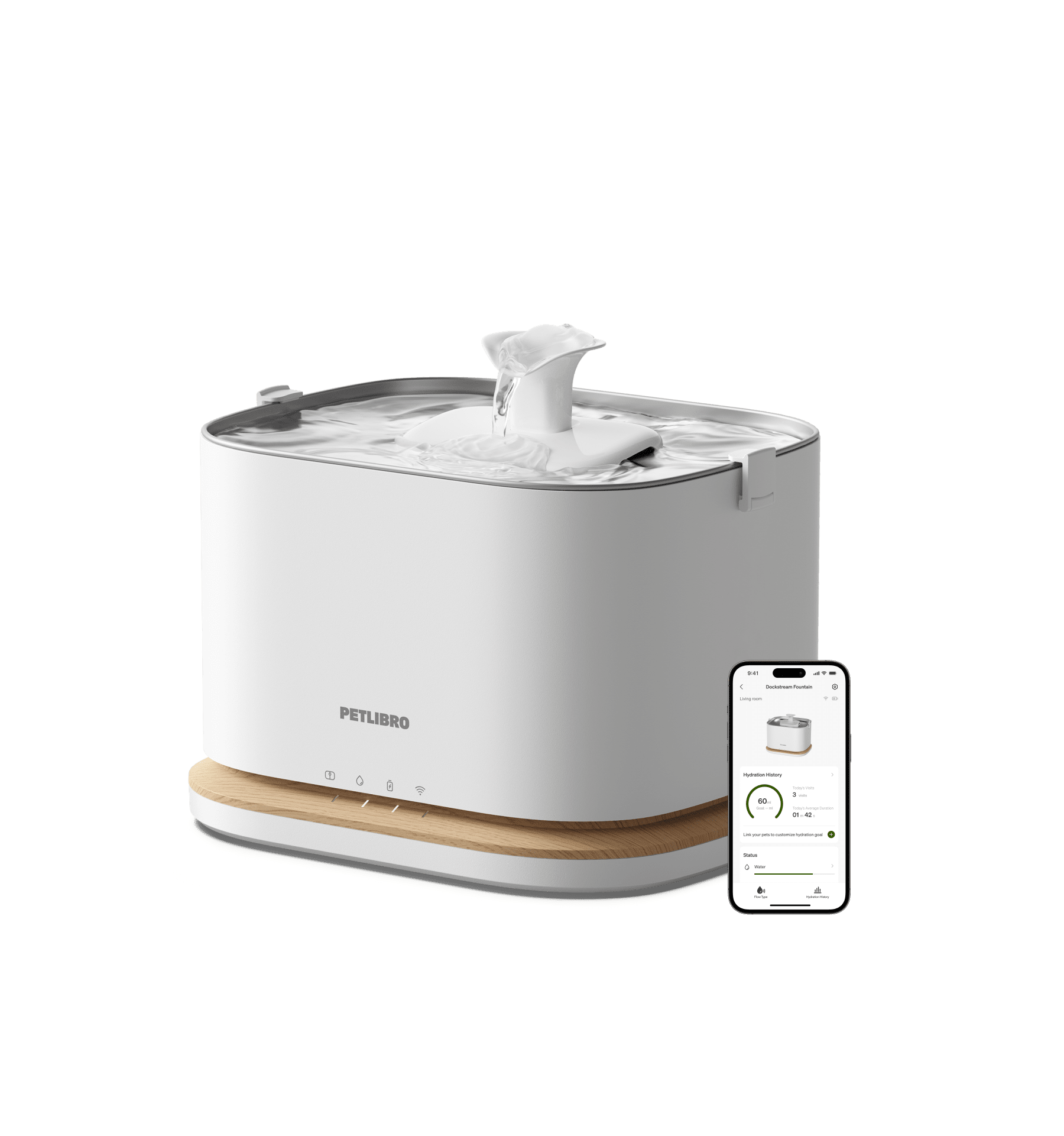
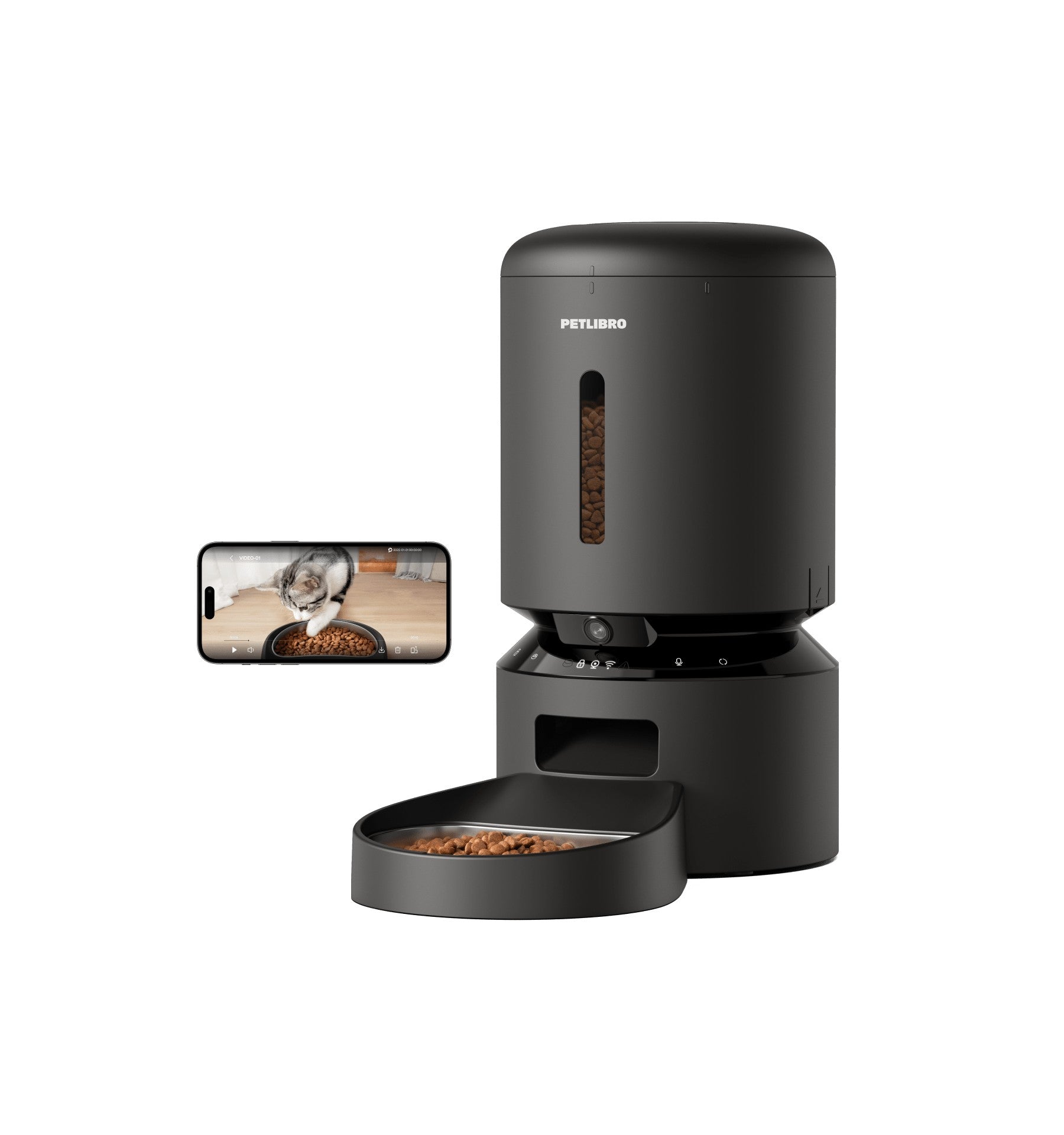
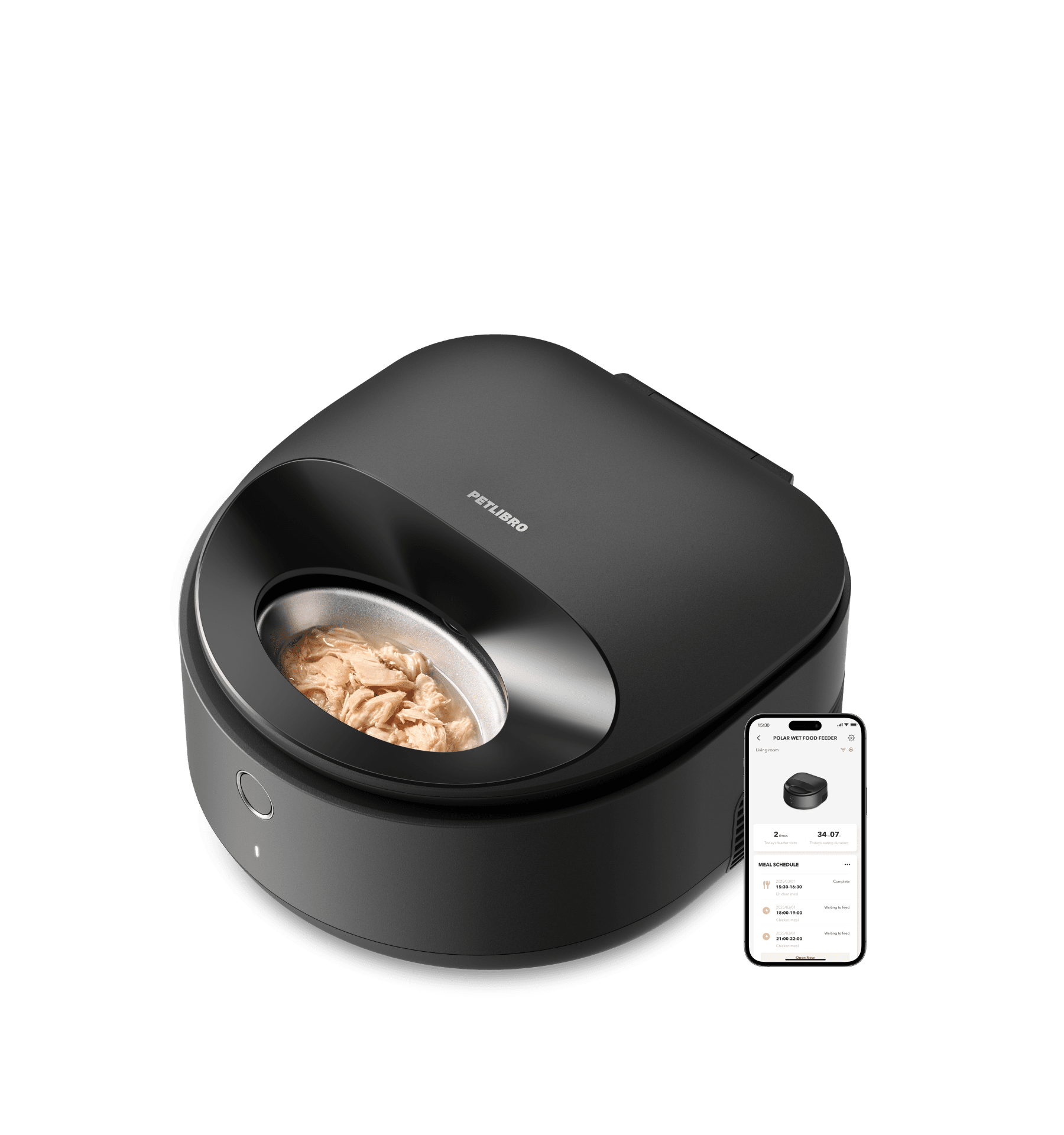
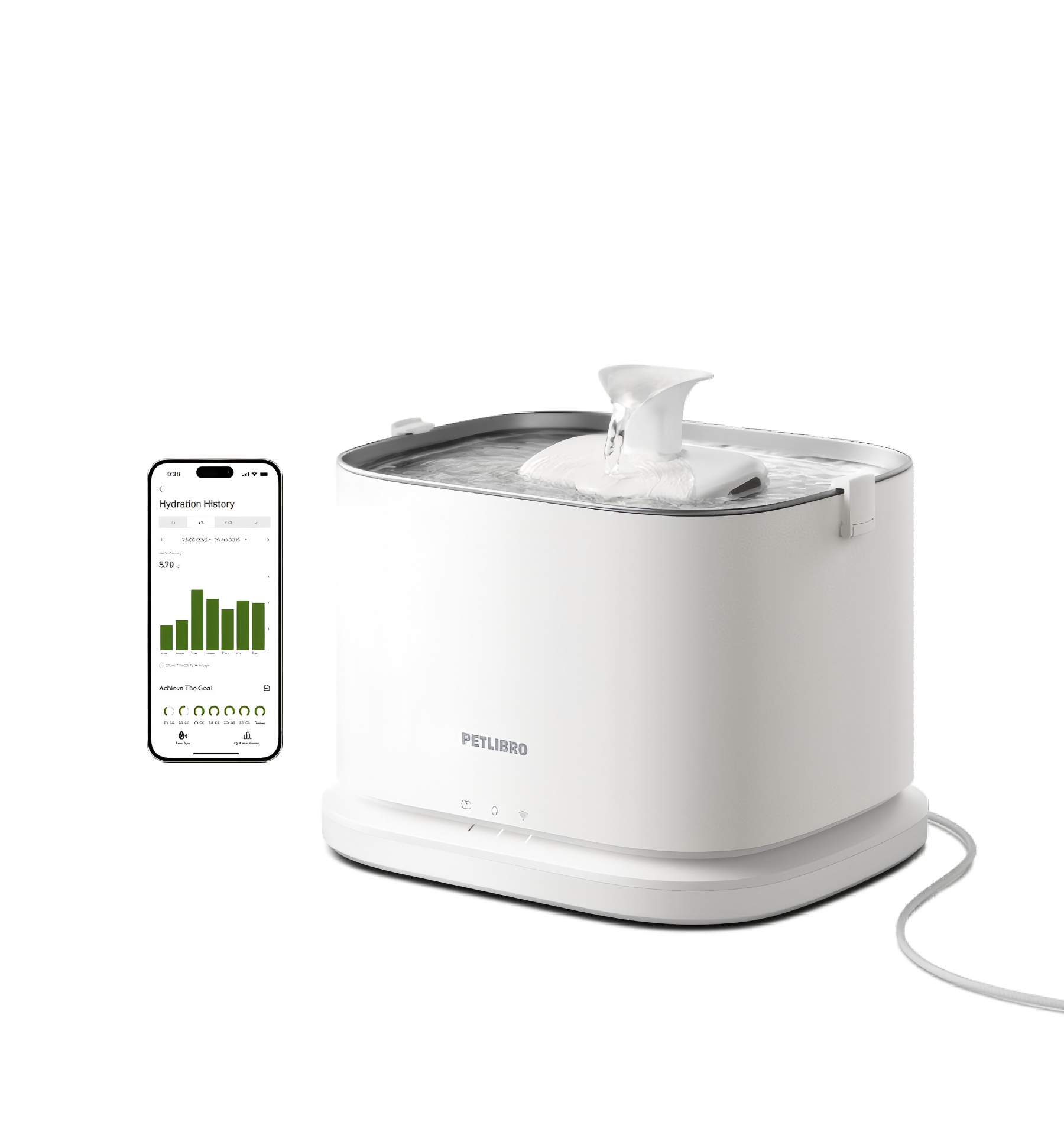
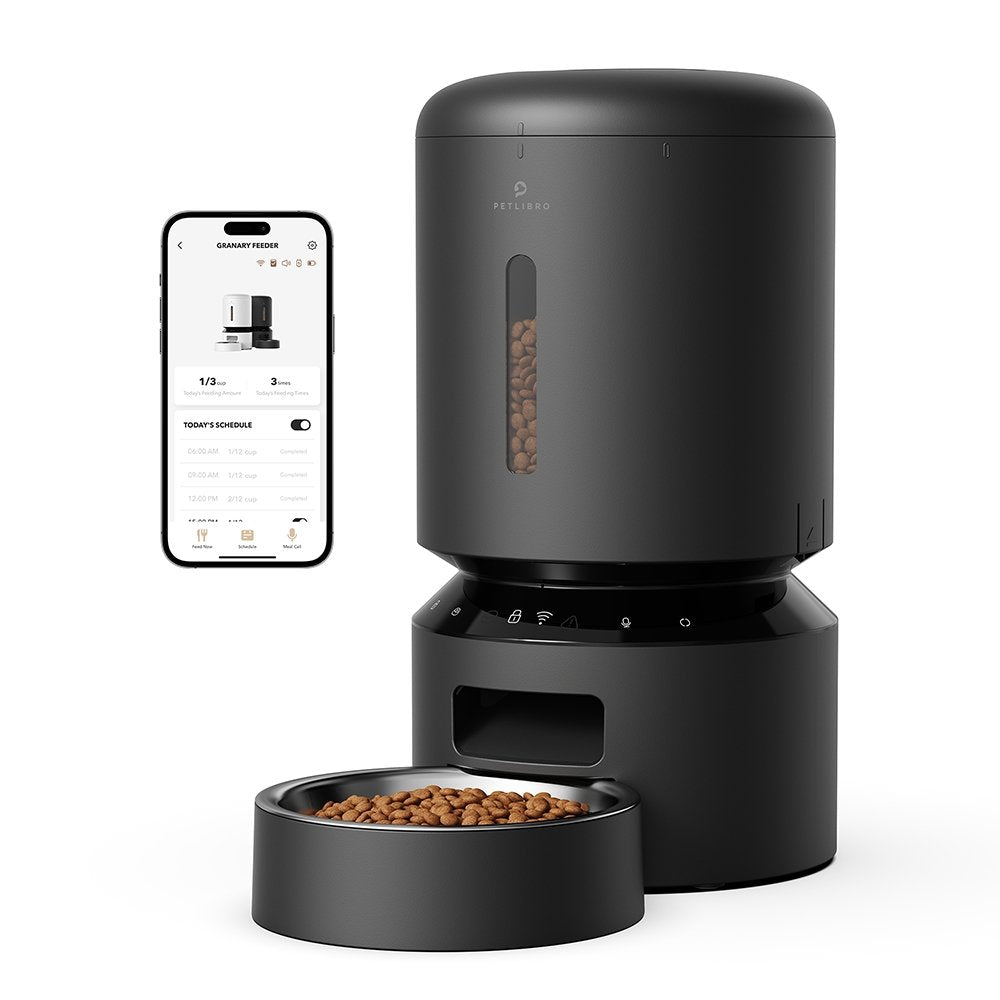
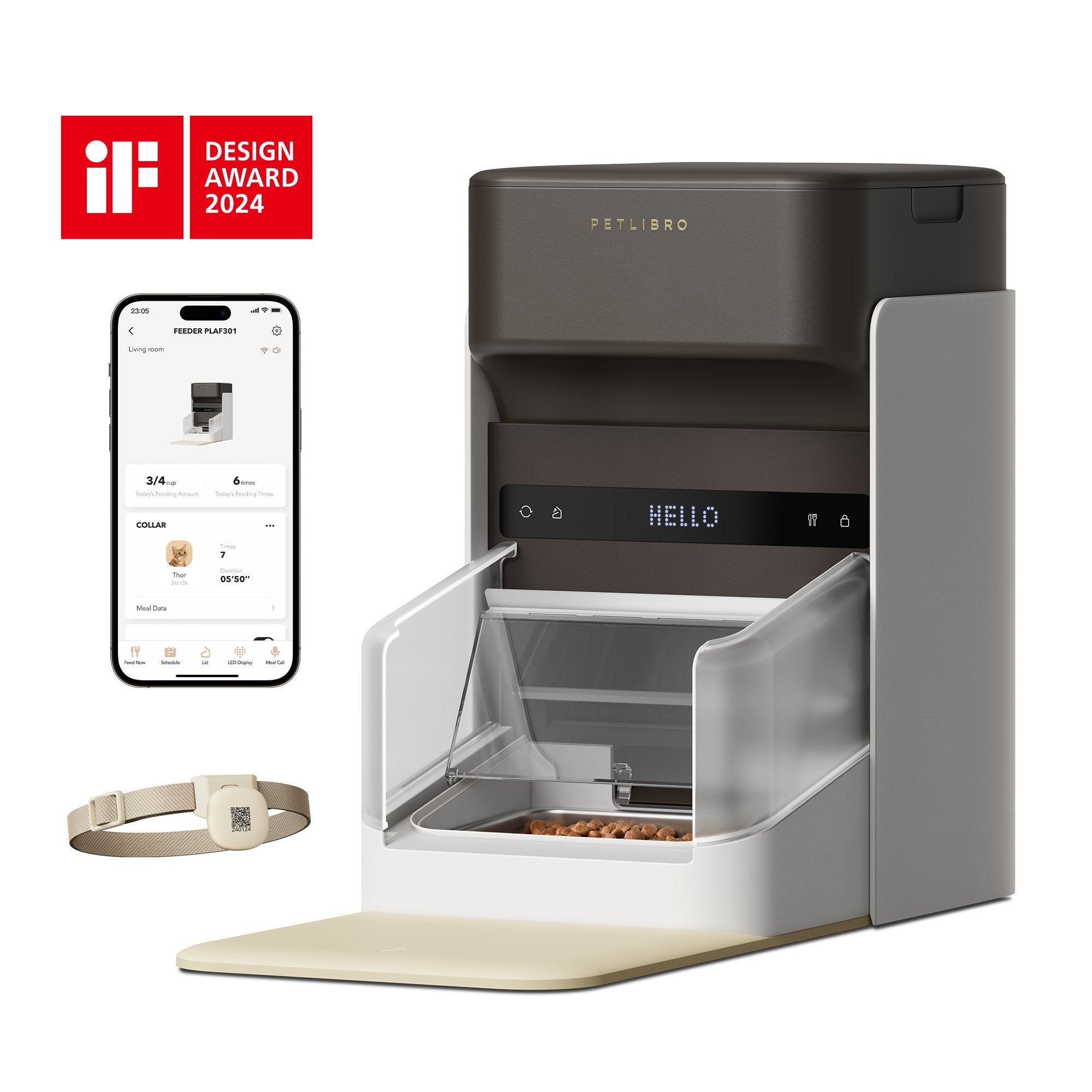
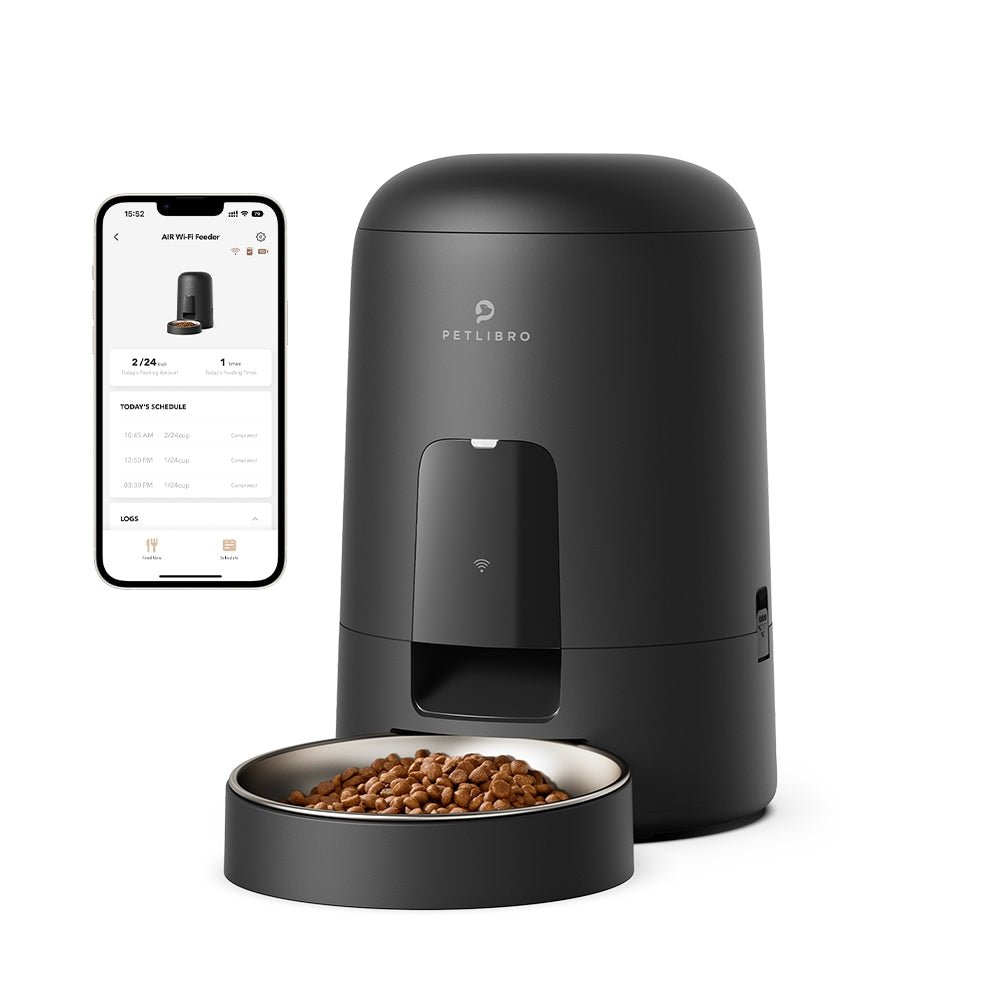






















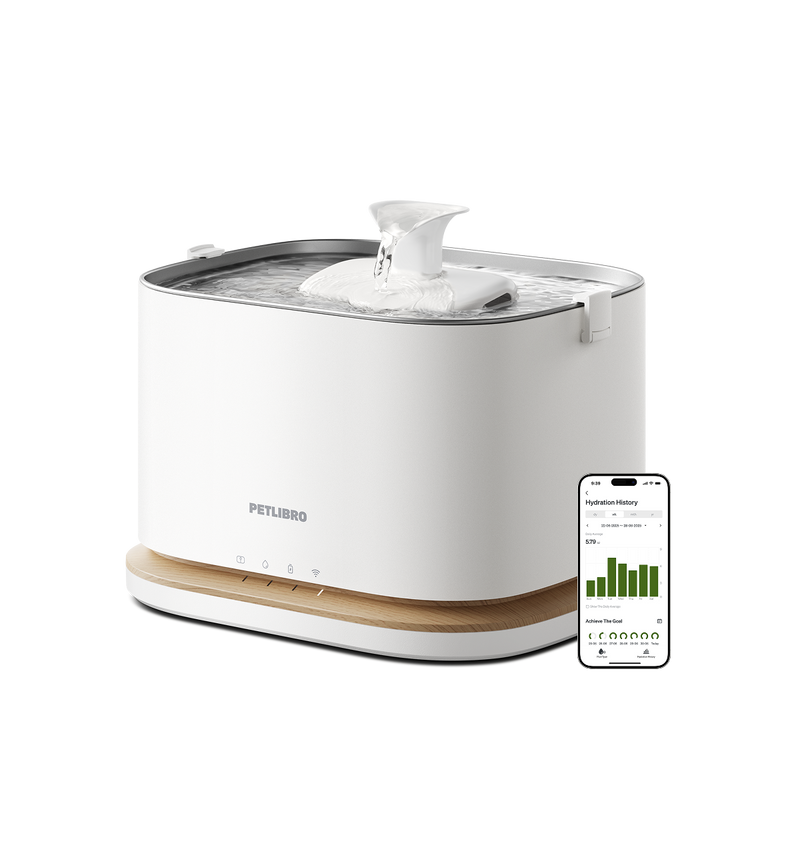
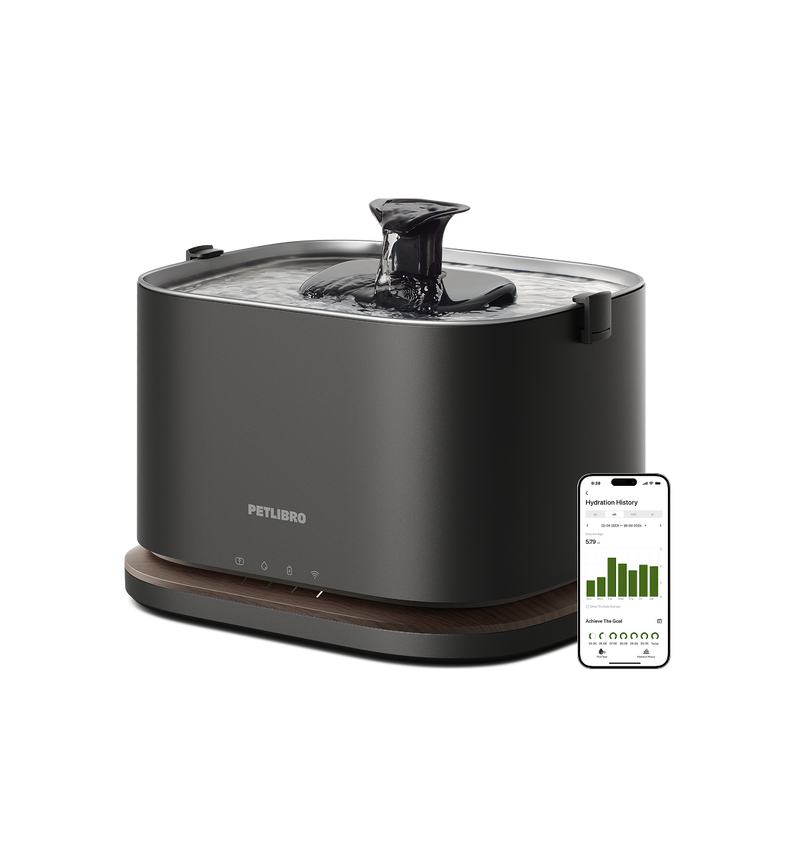
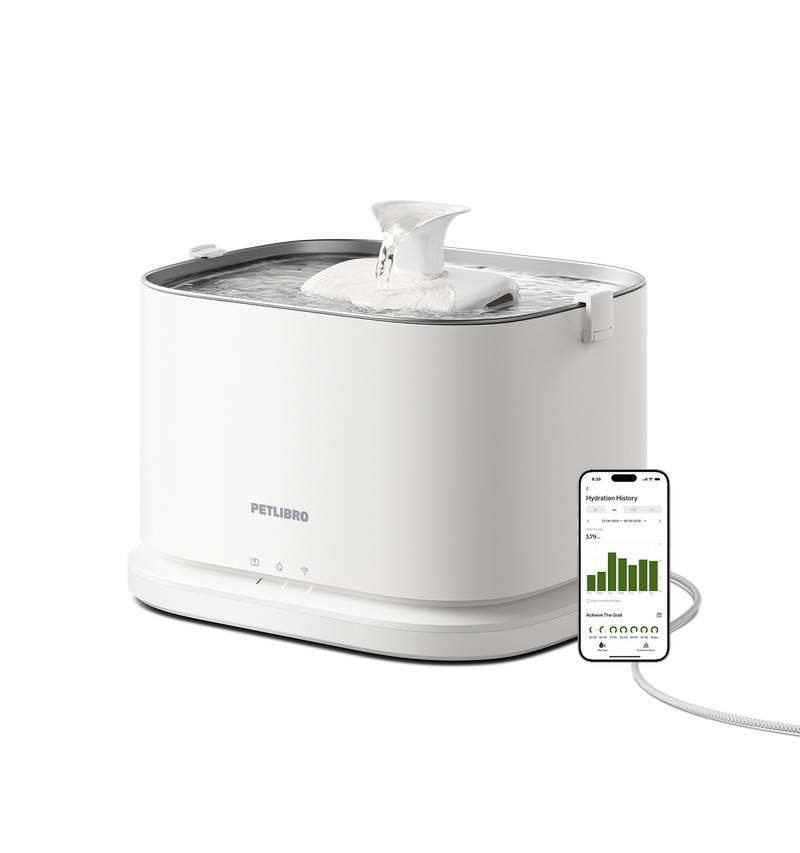
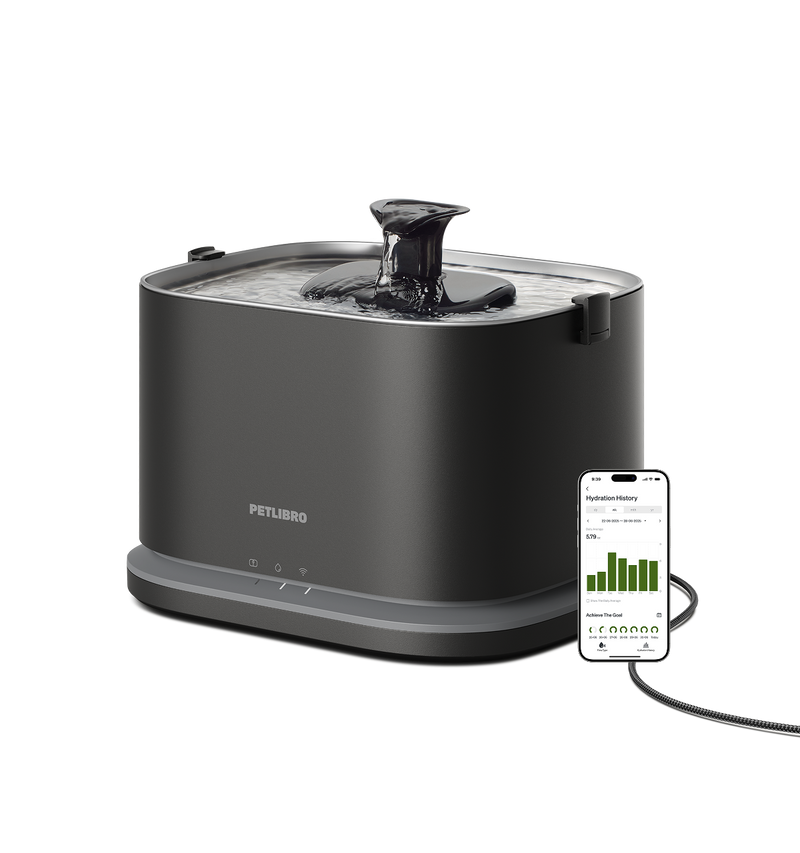










By subscribing, you agree to receive email marketing from Petlibro. Privacy Policy | Terms of Service


*Voucher is non-refundable and only one can be used per order, starting 11/13.


By subscribing, you agree to receive email marketing from Petlibro. Privacy Policy | Terms of Service


Code is valid for 72 hours and can be used for one order only. Code can’t be combined with other codes.
Discounts cannot be used toward new product launches.
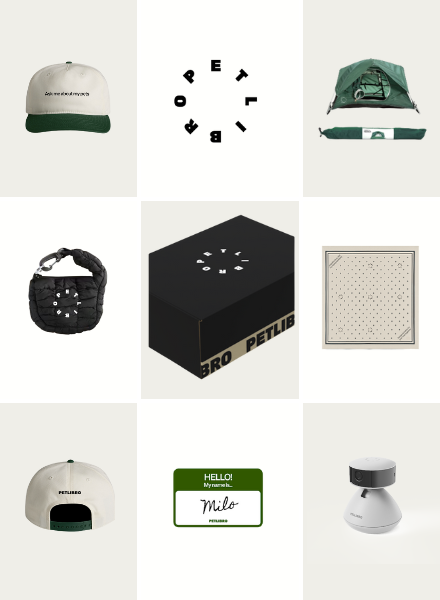
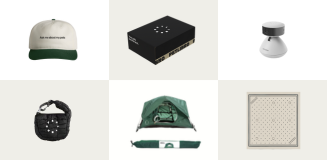
Open to legal U.S. residents, 18 years or older. Void where prohibited. Giveaway begins on 08/26/2025 and ends on 09/15/2025 at midnight PST. Three winners will each receive a limited-edition Petlibro PR Kit, which includes the Scout Smart Camera and select branded merch. Winners will be chosen at random and notified via Instagram or email (depending on entry format) by 09/30/2025. If a winner does not respond within 48 hours, another may be selected. Odds of winning depend on the total number of eligible entries received. Only one email entry per person will be counted, though additional entries may be submitted through the bonus methods described above. Petlibro is not liable for any issues that arise from participation or use of the prize. Personal information will be collected and handled in accordance with our Privacy Policy.


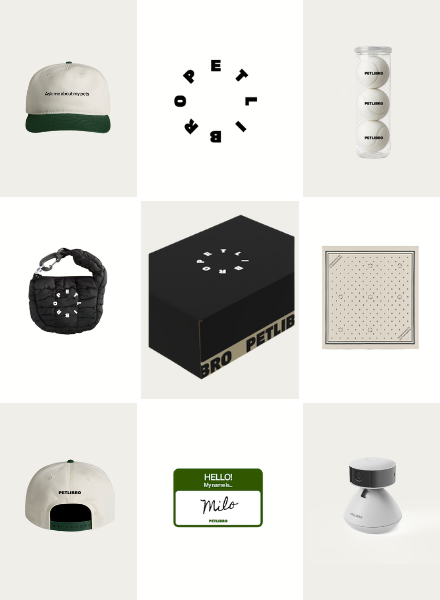
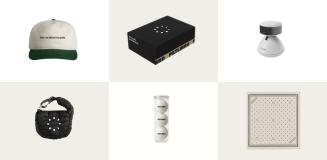
Open to legal U.S. residents, 18 years or older. Void where prohibited. Giveaway begins on 08/26/2025 and ends on 09/15/2025 at midnight PST. Three winners will each receive a limited-edition Petlibro PR Kit, which includes the Scout Smart Camera and select branded merch. Winners will be chosen at random and notified via Instagram or email (depending on entry format) by 09/30/2025. If a winner does not respond within 48 hours, another may be selected. Odds of winning depend on the total number of eligible entries received. Only one email entry per person will be counted, though additional entries may be submitted through the bonus methods described above. Petlibro is not liable for any issues that arise from participation or use of the prize. Personal information will be collected and handled in accordance with our Privacy Policy.


Dehydration isn't just a human hassle; it's a serious snag for our four-legged friends too! Dogs, much like us, need to keep hydrated to ensure they're feeling their best. But, unlike us, they can't exactly tell us when they're in need of a water break. Here’s your guide to understanding, spotting, and tackling dehydration in dogs—ensuring your pup stays as happy and healthy as can be!
Simply put, dehydration happens when your dog loses more fluids than they consume. This could be because they're not drinking enough water, have been particularly active, or they're battling an illness that’s causing excessive fluid loss. Dehydration can disrupt the normal bodily functions of dogs, impairing their ability to maintain healthy circulation, regulate temperature, and even digest food properly.
The consequences of dehydration can range from mild to life-threatening. A mildly dehydrated dog may just seem a bit lethargic and lose its appetite, but if the condition worsens, it can lead to serious issues like kidney failure, heatstroke, or shock. Early recognition and treatment are therefore essential to prevent these severe outcomes.

Keep your eyes peeled for these signs to ensure you catch dehydration before it becomes a bigger problem:
Try the ‘tent test’—gently pinch and pull up the skin on the back of your dog’s neck or between the shoulder blades. If it snaps back quickly, they’re good on hydration. If it returns slowly and forms a tent, it’s time for some water.
Check the color of your dog’s gums. Healthy, hydrated dogs have moist, pink gums. If the gums appear dry or pale, it might be a sign of dehydration.
Keep tabs on the color of their pee. Dark yellow or amber is a warning sign, while light yellow means they’re generally well-hydrated.
Monitor your dog's daily water intake. A noticeable decrease can often be the first sign that something is off, particularly if your dog is usually consistent about drinking.
Here are some simple but effective ways you can make sure your pooch is getting their needed hydration:
Ensure your dog has constant access to fresh, clean water. Dogs need about one ounce of water per pound of body weight each day. More if they're active or it's hot outside! A dog water fountain, such as Petlibro’s Capsule Dog Fountain, can be a great investment, as the consistent flow of fresh water can stimulate drinking behavior and help keep the water clean. If you have more than one pet, consider multiple water stations to prevent competition and encourage more frequent drinking.

Remember, dogs can’t chill out with sweat like we do—they pant to cool down. During those scorching summer days or after a fetch marathon, your dog’s drinking needs skyrocket. Offer a shady spot to lounge, avoid midday heat for walks, and bring along a portable water dish on adventures. Watch out for signs of dehydration, like excessive drooling or lethargy. Your dog will thank you for being so attentive.
If you suspect your dog is significantly dehydrated, immediate veterinary attention is essential. Signs that require urgent care include persistent lethargy, dry gums, excessive panting, and dark-colored urine. Veterinarians can assess dehydration through various tests and even give fluids if your pup is seriously parched. It’s always better to play it safe and let the professionals handle it!
Dehydration in dogs is a serious condition but largely preventable with the right knowledge and tools. By understanding the signs of dehydration in dogs and taking appropriate preventive measures, you can ensure your pet remains healthy and hydrated. If ever in doubt, remember that prompt action and veterinary advice can make all the difference.